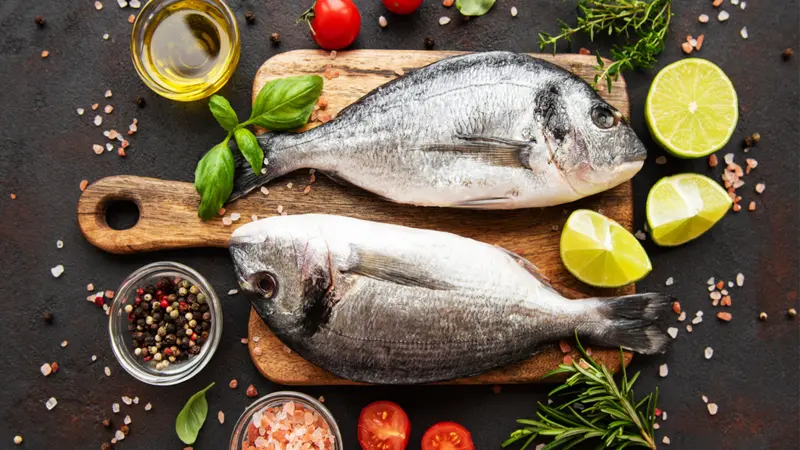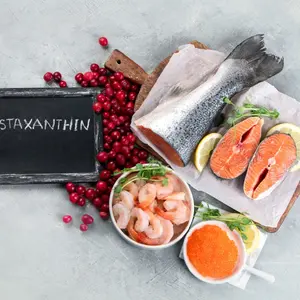

Food, Farming and Nutrition

Food, Farming and Nutrition
Antidepressants in Your Fish Dinner?
A recent research project at Florida International University that analyzed tissue and blood of more than 90 bonefish in Biscayne Bay and the Florida Keys discovered an average of seven medications in each fish—with one fish having 17 different medications in it. The same was found for the fish, crabs, and shrimp they prey on.
The medications identified included antidepressants, antibiotics, pain relievers, and blood pressure medications.
For more than a decade, biologists have known that pharmaceuticals, typically antidepressants, are also detectable in inland stream fish. The technology of many wastewater plants is not sufficient to eliminate these medications before the processed wastewater is discharged into the ocean, streams, and other waterways.
Do the risks of eating fish outweigh the benefits?
Despite some of the hazards with certain types of fish and seafood, seafood is an excellent source of protein and is chock-full of important nutrients, such as:
- vitamin D
- riboflavin (B2)
- phosphorous
- calcium
- iodine
- other crucial minerals
Fish contains all the essential amino acids our bodies need, which are necessary for making neurotransmitters (including dopamine and serotonin) that are critical for our brain and mental health. A meta-analysis found evidence that high fish consumption can lower the risk for depression.
Coldwater fish is the best dietary source for omega-3 fatty acids (EPA and DHA), which support mood, attention, overall brain function, immunity, and cardiovascular health.
Best Options
There are still many good seafood options available. As a general rule, smaller species usually have lower levels of toxins such as mercury. Choose wild-caught seafood whenever possible, and avoid farm-raised products.
Good choices include:
- Anchovies
- Atlantic mackerel
- Catfish
- Clams
- Crab
- Flounder
- Hake
- Herring
- Mussels
- Oysters
- Perch
- Pollock
- Rainbow trout
- Sole
- Salmon
- Sardines
- Scallops
- Shrimp
- Skipjack tuna
REFERENCES
Amen Clinics. (2022, June 21). How did antidepressants get into your fish dinner? https://www.amenclinics.com/blog/how-did-antidepressants-get-into-your-fish-dinner


 By
By







